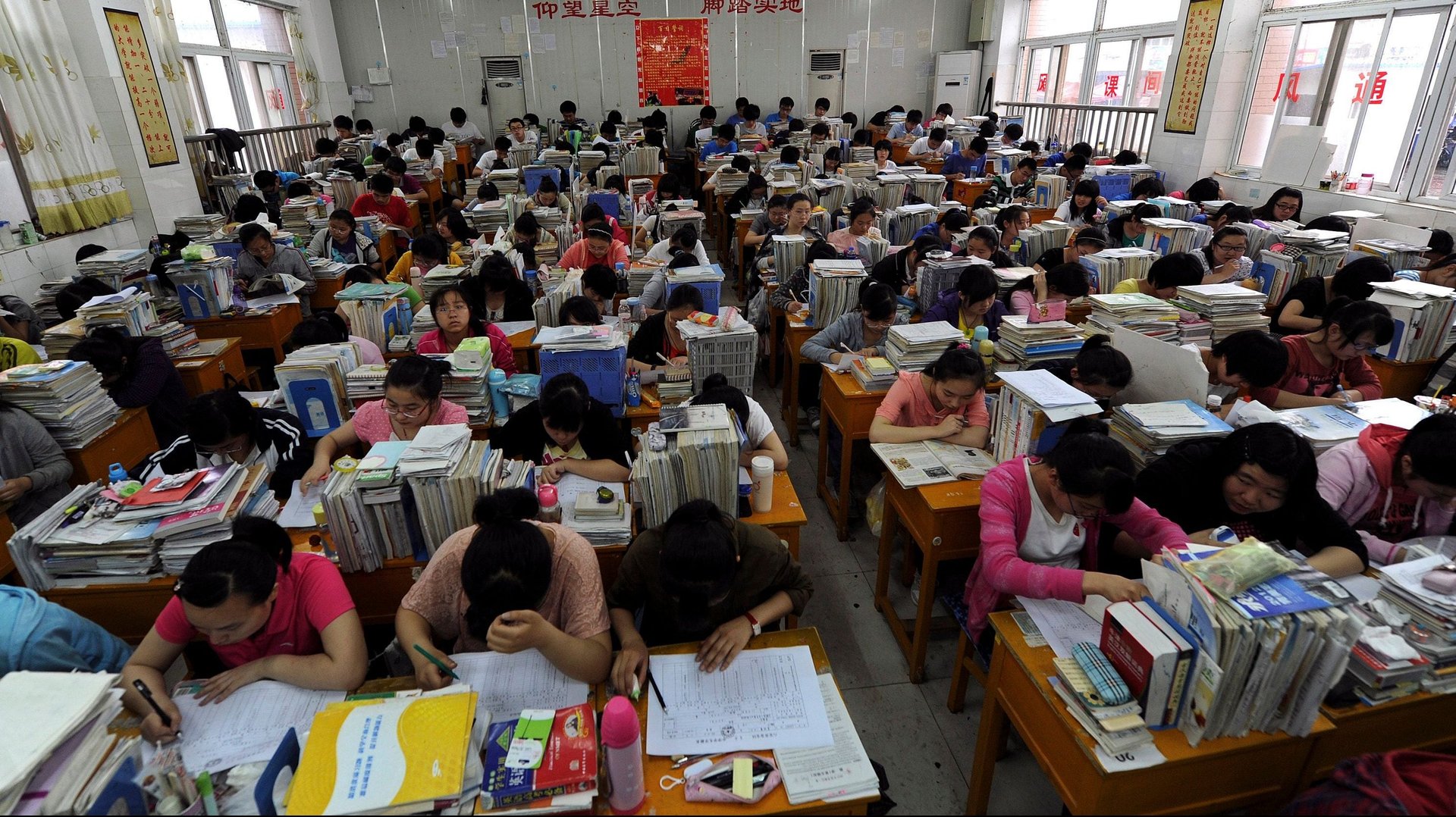More Chinese youth are chasing government jobs
China has had a long history of selecting civil servants through exams. The country perfected the famous imperial examination system in the Tang dynasty (618-907), and used it up until around 1905. In today’s China, the civil service exam, called guokao or national exam in Chinese, is still the prevalent way of appointing junior government workers.


China has had a long history of selecting civil servants through exams. The country perfected the famous imperial examination system in the Tang dynasty (618-907), and used it up until around 1905. In today’s China, the civil service exam, called guokao or national exam in Chinese, is still the prevalent way of appointing junior government workers.
In a sign of the mounting difficulty of finding a job—youth unemployment has been in the double digits since before the pandemic—a record number of people are competing for slots in the government. A record 2.1 million applicants registered for this year’s examination, which took place on Sunday (Nov. 28). The number of applicants that actually took the exam was 1.4 million, which means there were 46 people competing for each government post available, according to state media People’s Daily.
The government is hiring for 31,200 positions, around two-thirds of them reserved for fresh graduates in an indication of the government’s desire to “promote the employment of college graduates,” said the outlet. The most sought-after post is a postal service job in Tibet, China’s Himalayan region, which has drawn nearly 20,000 applicants, according to Global Times. The job doesn’t list degree or experience requirements, a rarity among the posts, according to Chinese media.
The exam, established in the 1990s, has seen its enrollment cross 1 million each year since 2009, although the number who take it each year is substantially lower. In 2020, around 1.58 million people registered for Guokao, while the figure was 1.44 million for 2019, showing the rising interest towards civil service jobs, seen as “iron rice bowls,” due to their stability compared to the private sector, where gig work, long hours, and layoffs are far more common.
The jump in the number of applicants for this year’s exam comes as the country’s youngsters are under unprecedented pressure. The on-and-off Covid-19 outbreaks have disrupted daily lives and business, albeit on a much smaller scale in China compared with many other countries. The government’s various crackdowns on sectors like education have also forced many companies to shut shop and led to mass layoffs. In October, the unemployment rate for those aged between 19 to 24 based on surveys stood at 14.2%, much higher than for those aged between 25 to 29, whose jobless rate was around 4.2% that month, according to China’s national statistics bureau.
In addition to applying for the civil services, studying further has also become a popular way for Chinese graduates to delay finding a job in the face of growing competition in the job market. The number of people who registered for the annual exam for higher education grew from 1.77 million in 2016 to 3.77 million last year, according to the education bureau.